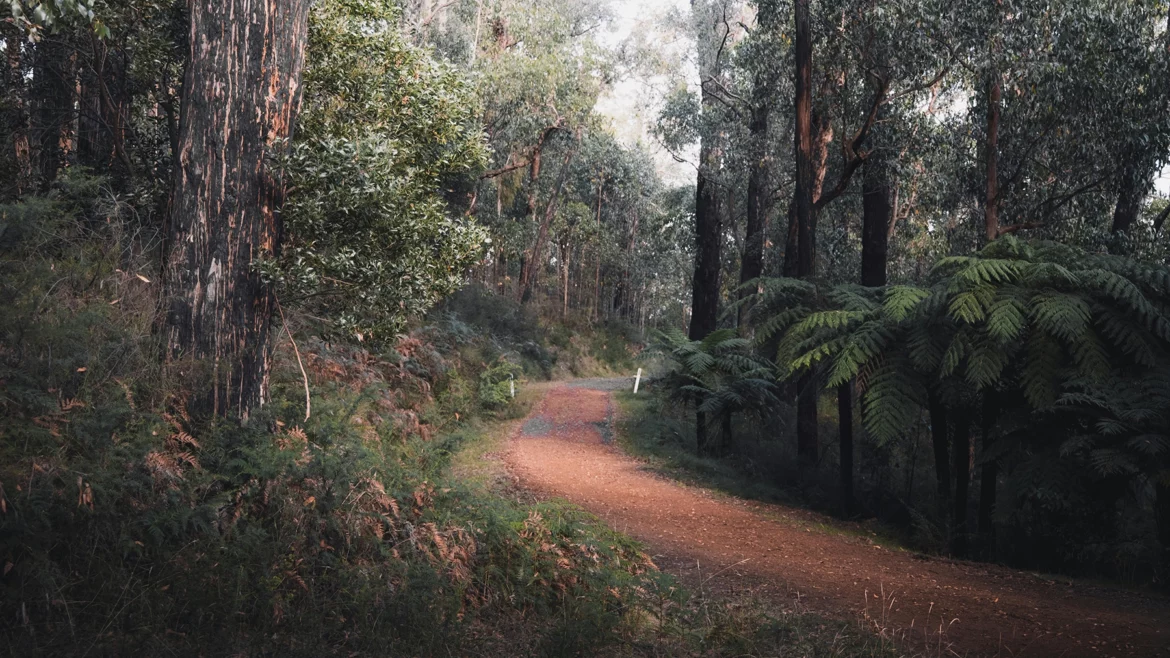Essential Tips for Building in Bushfire Zones on the South Coast
Building your dream home on the picturesque South Coast can come with its unique challenges, especially when it comes to bushfire zones. As builders with experience in the local area, we understand the importance of incorporating safety, sustainability, and compliance into every project. Here are our top tips for anyone planning to build in a bushfire-prone area:
1. Understand the Bushfire Attack Level (BAL)
Before you begin designing your home, it’s crucial to determine the Bushfire Attack Level (BAL) of your property. The BAL rating affects how you build your home and what materials you can use. It ranges from BAL-LOW, indicating a relatively low risk, to BAL-FZ, which stands for Flame Zone and represents the highest risk. To find the BAL for your property, visit NSW Rural Fire Service.
2. Choose Fire-Resistant Materials
Selecting the right materials is vital for ensuring your home can withstand a bushfire. For walls, consider using materials like brick, fibre cement, or reinforced concrete. For roofing, opt for tiles or metal instead of more flammable options. Ensure windows are double-glazed and frames are made from non-combustible materials like aluminium. We can help you navigate this and choose appropriate materials.
3. Design with Fire Safety in Mind
The layout of your home can significantly impact its ability to survive a bushfire. Design with a simple, compact shape to minimise points where embers can catch. Ensure that eaves and decks are designed to reduce the risk of ember attack and you may even like to consider installing fire shutters for added protection.
4. Create a Defensive Perimeter
Landscaping plays a crucial role in your home’s bushfire defence. Maintain a buffer zone around your property by clearing away dry grass, leaves, and branches. Choose fire-resistant plants (ie. Saltbush, Wattle are good choices) and keep lawns well-watered and mowed. Install non-combustible fences and consider a gravel or concrete path around the home as an additional firebreak.
5. Install a Fire Protection System
While building materials and design are crucial, having a robust fire protection system can make a significant difference. Equip your home with fire sprinklers, and have fire extinguishers and hoses accessible. Install a water tank dedicated to firefighting if possible, and consider a backup power supply to ensure pumps work during a power outage.
6. Regularly Maintain and Prepare
Building in a bushfire zone means being prepared for the possibility of a fire at any time. Regularly clean your gutters, roofs, and downpipes to remove flammable materials. Conduct annual checks on your home’s structural integrity and fire safety systems. Have a clear bushfire survival plan that every member of your household understands.
7. Consult with Experts
Always consult with bushfire safety experts and local authorities during the planning and construction phases. They can provide invaluable advice and ensure that your home meets all necessary regulations and standards.
Building in a bushfire zone requires careful planning and consideration, but with the right approach, you can create a safe and beautiful home to enjoy for years to come.
By prioritising safety and sustainability, you’re not just protecting your property; you’re also ensuring peace of mind for your family and that’s just as important to us as it is to you. If you would like to discuss your options, we’re always happy to chat.
